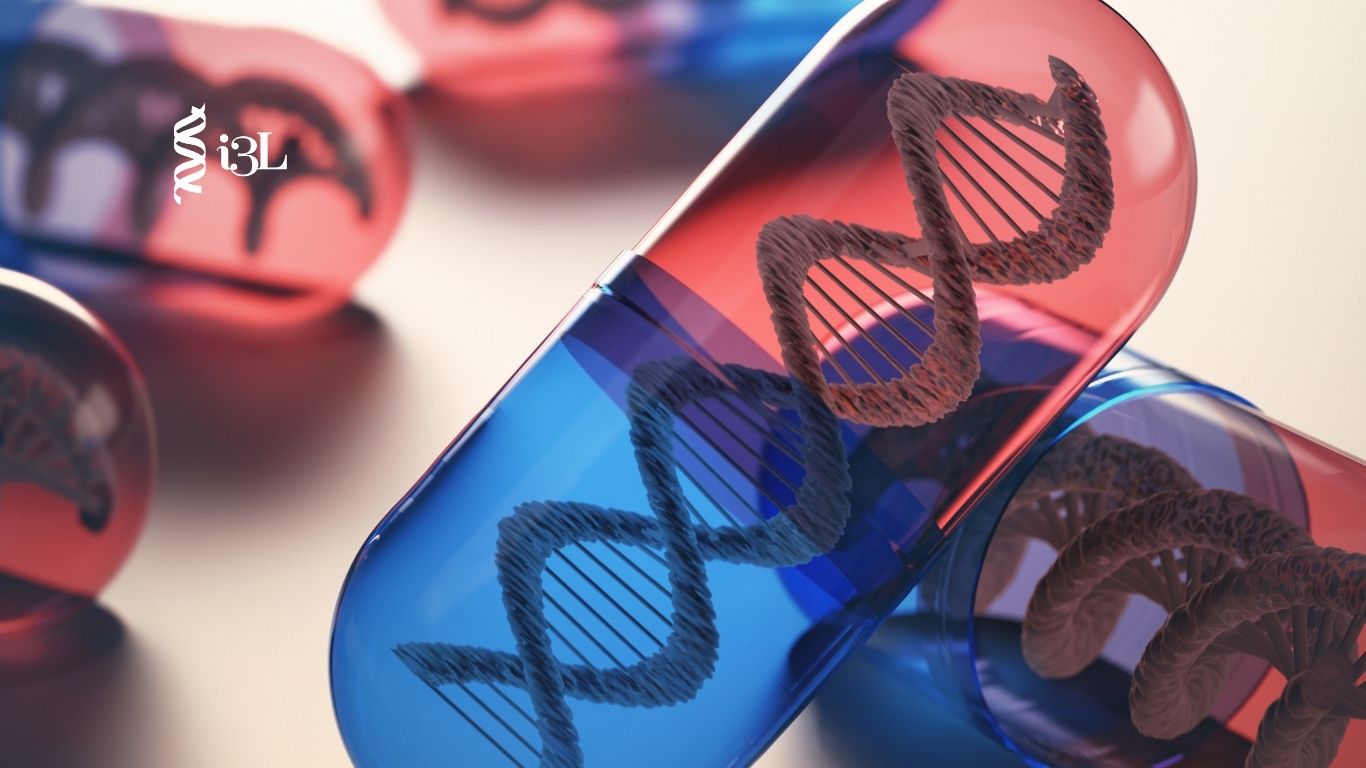Undergraduate Programs:
School of Health and Life Sciences
School of Business and Management
Postgraduate Program:
Professional Program:
Pharmacist Professional (Apoteker)
Biotechnology Definition, Characteristics & Real-World Examples
Biotechnology Definition, Characteristics & Real-World Examples

Biotechnology is a term that often appears in science and natural science discussions. But what exactly does it mean? At its core, biotechnology is the application of living organisms or biological systems to create products and technologies that improve human life.
The word biotechnology comes from three Latin roots:
Bios – meaning life
Techno – meaning application or technique
Logos – meaning science
From these, biotechnology can be defined as the scientific study and application of living things (such as bacteria, fungi, plants, or animals) to transform raw materials into useful products.
Biotechnology has been used for thousands of years. Early examples include making bread, cheese, and beer with the help of microorganisms. Over time, biotechnology has advanced to create powerful innovations such as genetic engineering, tissue culture, and even cloning.
A product can be considered a biotechnology product if it meets certain conditions:
Scientific basis– The process must involve sciences that support biotechnology, such as microbiology, molecular biology, or food technology.
Use of living organisms– The manufacturing process must utilize living things like bacteria, fungi, plants, or animals.
Conventional biotechnology is biotechnology that uses microorganisms to change the shape or nutritional content of certain products, such as enzyme content. Generally, conventional biotechnology is used to produce food.
Characteristics of Conventional biotechnology :
The utilization process uses living things directly
Technology (equipment and techniques) that used is simple
Examples of conventional biotechnology:
Making tempeh using Rhizopus oryzae.
Producing soy sauce with Aspergillus wentii.
Fermenting bread, cheese, and beer.
Modern biotechnology emerged after the discovery of DNA structure and function. Instead of using whole microorganisms, it often uses only specific parts such as DNA, enzymes, or genes, combined with advanced technologies.
Characteristics of Modern Biotechnology:
Uses parts of microorganisms (DNA, enzymes, or cells).
Relies on sophisticated tools and techniques.
Examples of Modern Biotechnology:
Developing transgenic plants resistant to pests.
In vitro fertilization (IVF), where sperm and egg cells are fertilized outside the body.
Cloning and genetic engineering for medical and agricultural applications.
As biotechnology continues to evolve, its applications are becoming more diverse:
Agriculture: Tissue culture, pest-resistant crops, and improved yields.
Food industry: Fermented foods, improved flavors, and enhanced nutritional value.
Healthcare: Genetic testing, vaccines, and IVF technology.
Environment: Bioremediation to clean up oil spills or waste.

Indonesia International Institute for Life Sciences (i3L) is a globally connected research and education institution that impacts society through science and innovation. The Biotechnology program at i3L is interdisciplinary education, where innovations are directed to enhance quality of life via the production of valuable products from Indonesian biodiversity. This program offers a broad content, which nurtures well-rounded graduates to become leaders in various fields of biotechnology.
Undergraduate Programs:
School of Health and Life Sciences
School of Business and Management
Postgraduate Program:
Professional Program:
Pharmacist Professional (Apoteker)
Undergraduate Programs:
School of Life Sciences
School of Business
Postgraduate Program:
Professional Program: